More pilots have opted to stay in the Air Force amid pandemic-era uncertainty, but the service is still struggling to fill jobs in its marquee profession as commercial airlines resume hiring.
The Air Force saw a net gain of about 200 pilots in its workforce in fiscal 2020, a small move in the right direction for its persistent pilot shortage. The service now has around 19,100 pilots, or 1,900 airmen short of the 21,000 or so pilots it wants in its ranks.
More than 90 percent of pilot billets are filled at the operational unit level, Maj. Gen. Jake Jacobson, director of the Air Force’s aircrew crisis task force, told Air Force Times in a recent interview.
That’s 94 percent of manned aircraft pilot jobs in the active-duty force, though some types of aircraft have a more robust corps than others. Fighter, bomber and special-operations aircraft are shorter on pilots at 82 percent, 84 percent and 89 percent manning, respectively. Mobility aircraft have 100 percent of the pilots they need, while the combat search-and-rescue, command and control, and intelligence, surveillance and reconnaissance planes are overmanned at up to 118 percent.
Ninety-one percent of pilot jobs are filled across the regular Air Force, Air Force Reserve and Air National Guard, according to data provided by the Air Force. However, the service has fewer pilots in non-flying staff jobs than it wants.
“That means that I don’t have enough pilots on our staff to help us think through the problems in the future,” Jacobson said.
Because the service did not graduate enough pilots over the past 10 years to meet its current requirement, it needs to train and keep enough of them to offset the retirements of older officers, service officials said. Military pilots often pursue commercial jobs for a pay bump and more control over their schedule and where they live.
The shortage is an issue for combat operations as well as the leadership pipeline: There may not be enough younger second lieutenants, first lieutenants and captains to replace older majors, lieutenant colonels and colonels in commander posts as the higher-ranked officers are promoted or leave in the late 2020s. The service wants to gradually ramp up its number of pilots over time to even out the ranks.
Coronavirus has both helped and hurt the pilot workforce in that endeavor.
On one hand, the service missed its goal of graduating 1,500 new pilots because the training pipeline slowed during the early days of the pandemic. It managed to produce 1,263 pilots during fiscal 2020.
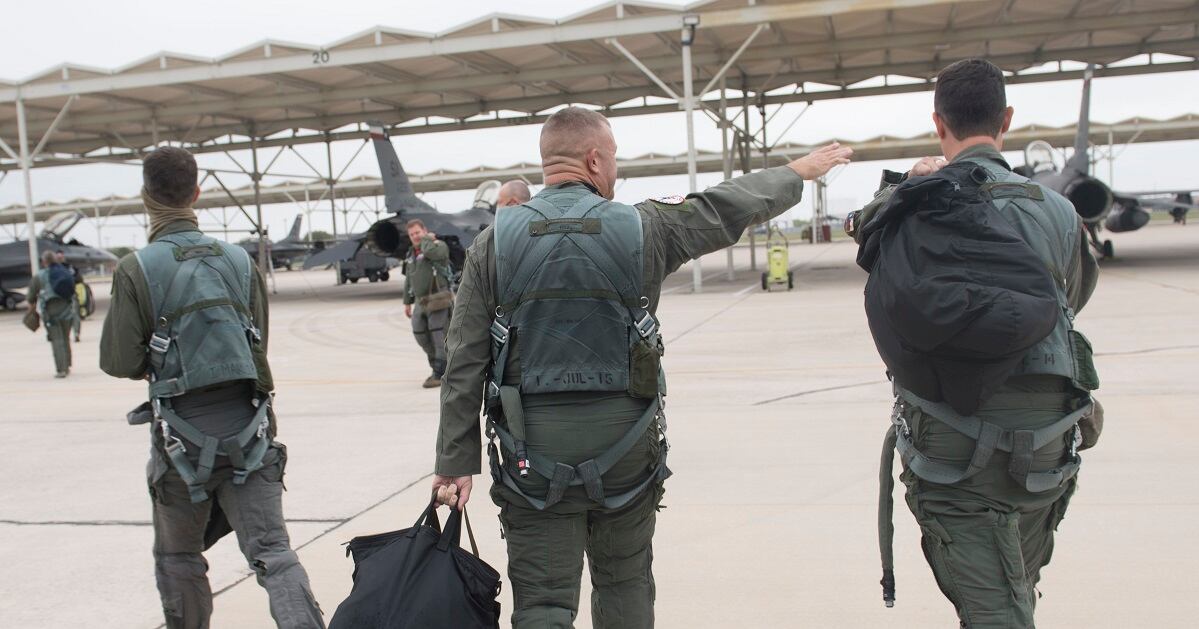
Still, Jacobson said he’s encouraged by that number.
“[Air Education and Training Command] had their strongest last quarter of flying than they had in a long time, which demonstrates [that] once they figured it out, they flew,” he said of educating airmen amid COVID-19 restrictions.
On the other hand, about half of aviators who were eligible for pilot retention bonuses in fiscal 2020 chose to take them. Bonus take rates jumped from 44 percent to 51 percent of eligible pilots between 2019 and 2020, the Air Force said.
Pilots in 2020 could nab annual bonuses of $15,000 to $35,000 a year for up to 12 years — with as much as $200,000 paid up front — depending on how long they decided to stay in the military and what aircraft they flew.
The pandemic certainly contributed to the uptick in bonus acceptances, Jacobson said. But he hopes that adjustments to how the Air Force promotes and assigns pilots to future jobs, as well as other changes focused on improving quality of life, have convinced people to stay.
RELATED
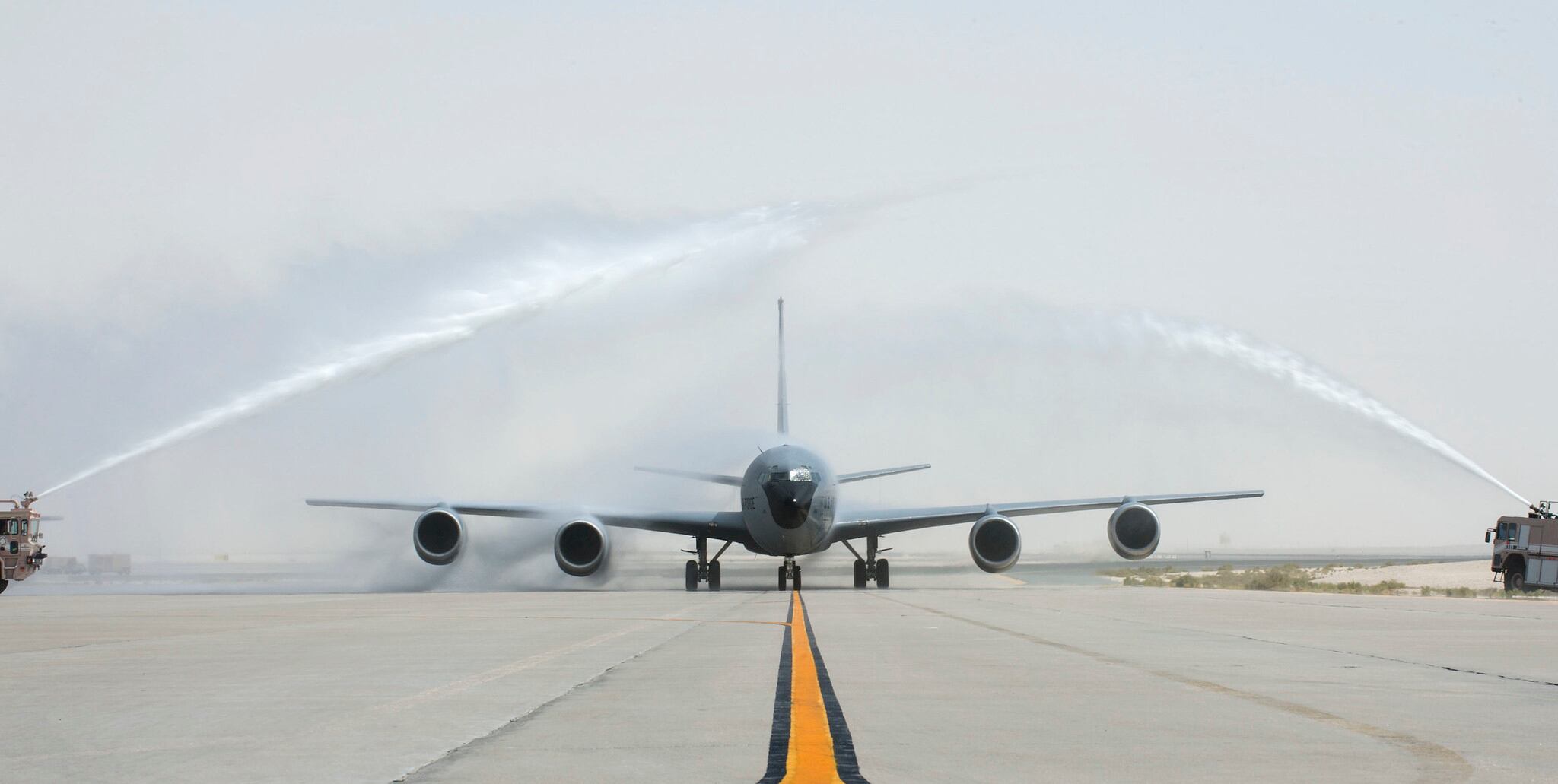
Col. Tobias Switzer, an active-duty military fellow at the Center for Strategic and International Studies whose Air Force career includes piloting helicopters, argues recent changes to the service’s aviation bonus program, which require at least a five-year commitment, will hinder its attempt to keep people.
“It just looks to me like the Air Force put its bet down a half-step too early and in the wrong direction of where everything else is going,” he added of the 2021 bonus program. “We end up being very penny-wise and pound-foolish when it comes to some of these discussions.”
Switzer has warned that more than 20,000 airline pilots will hit their mandatory retirement age of 65 in the next few years, creating more opportunities to recruit replacements from the Air Force. Last year, he authored a paper suggesting the service involve squadron commanders more in retention decisions; provide more public recognition of pilots who decide to stay; offer retention contracts earlier in a pilot’s career; and change how airmen are assigned to fly a particular platform.
He told Air Force Times that the service should again offer a flying-only career option for airmen who want to avoid the leadership track that can land them in desk jobs. Air Mobility Command briefly tried that approach but ended it after only two C-17 pilots signed up. But Switzer believes people shied away from volunteering, fearing repercussions, and that the experiment didn’t last long enough.
Jacobson also hopes that lessening the American military presence in Afghanistan, and rethinking how forces are presented to commanders around the world, could also play a part in future retention — though Switzer doubts that will make much of a difference.
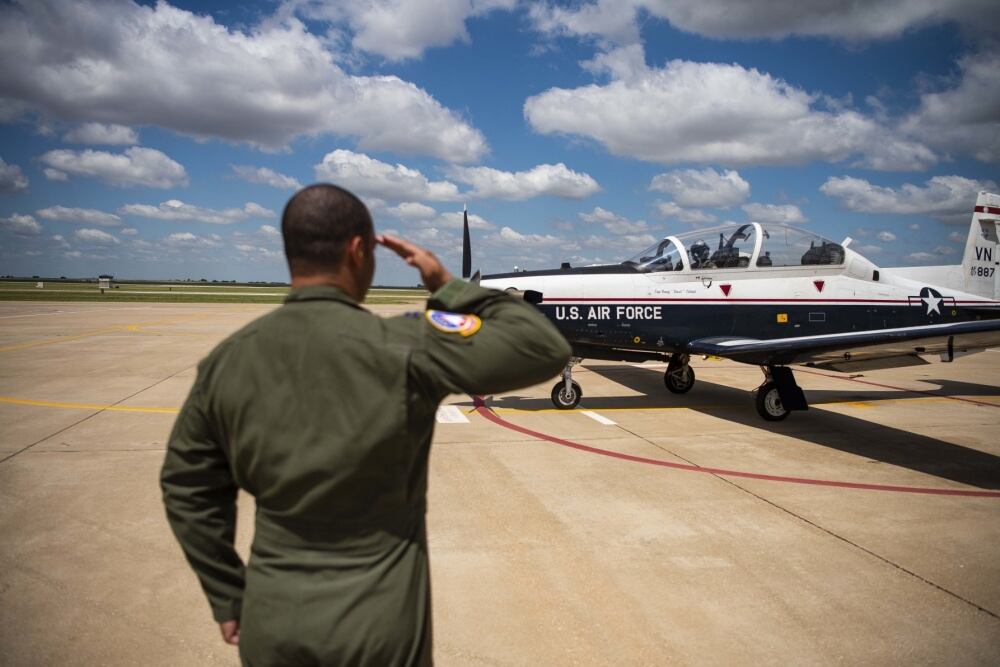
“Reducing the amount that the Air Force offers to combatant commands, combined with lower demand, I think will lower the operational tempo,” Jacobson said. “Combined with our other retention efforts, my expectation is we will see more folks stay.”
Now the service is waiting to see what the future holds for the pilot job market.
As demand for air travel grows among newly vaccinated Americans, the Air Force anticipates that commercial hiring will return to pre-pandemic levels by the mid-2020s.
“Airlines are potentially going to expand their hiring,” Jacobson said, adding that the question is “how quickly they do it — they have folks that are furloughed, so they still have to bring those folks back.”
Full- and part-time U.S. airline employment fell from 755,000 people in March 2020 to 675,000 in October, then rebounded to about 706,500 as of April 2021, according to data published June 8 by the federal Bureau of Transportation Statistics.
Lawmakers are paying attention to the issue, too.
“It’s going to get a lot more complicated because as the economy recovers and grows, there will be a larger demand, even, on pilots from the commercial world that you’ll be competing against,” Rep. Hal Rogers, R-Ky., told Air Force leadership at a May 7 House Appropriations defense subcommittee hearing.
The Air Force is trying several approaches to speed up and open new opportunities for pilot training to fill the gap. It is turning to more video lessons as well as augmented and virtual reality through the Undergraduate Pilot Training 2.5 initiative, streamlining helicopter pilot school and making the path to wings easier for people with prior experience — including out-of-work civilian pilots.
RELATED
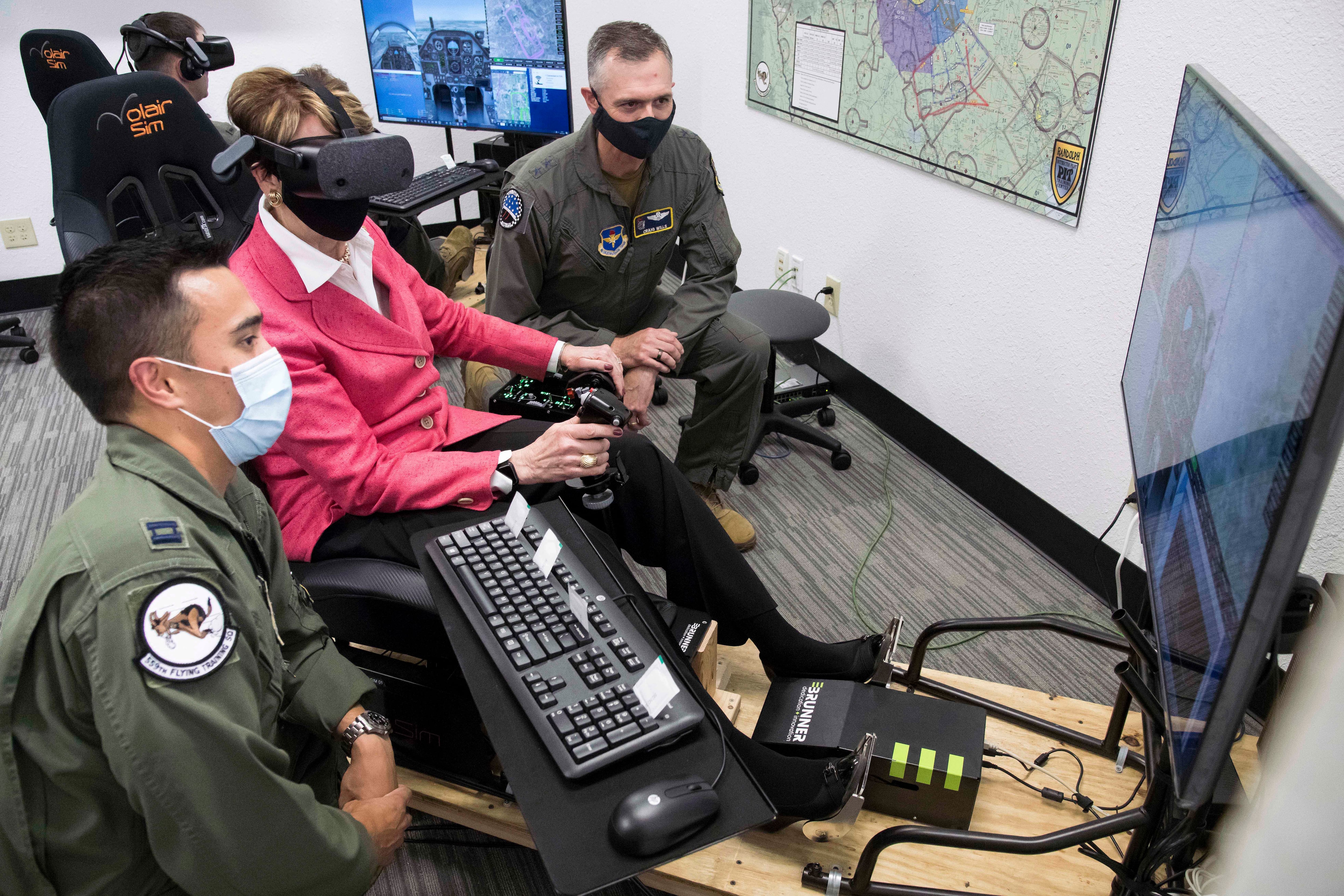
It’s also hiring more contractors to teach flight simulator training so as not to pull military pilots away from operations. At the same time, it’s trying to expand the typical pool of pilot recruits to bring in more women and people of color.
At the end of the day, though, the Air Force simply asks its pilots to do much more than fly. The chance to get away from paperwork and other requirements is attractive to burned-out aviators, and not all civilian pilots will want to take on the additional responsibilities of joining the Air Force, Maj. Gen. Craig Wills, commander of the 19th Air Force training organization, told reporters in March.
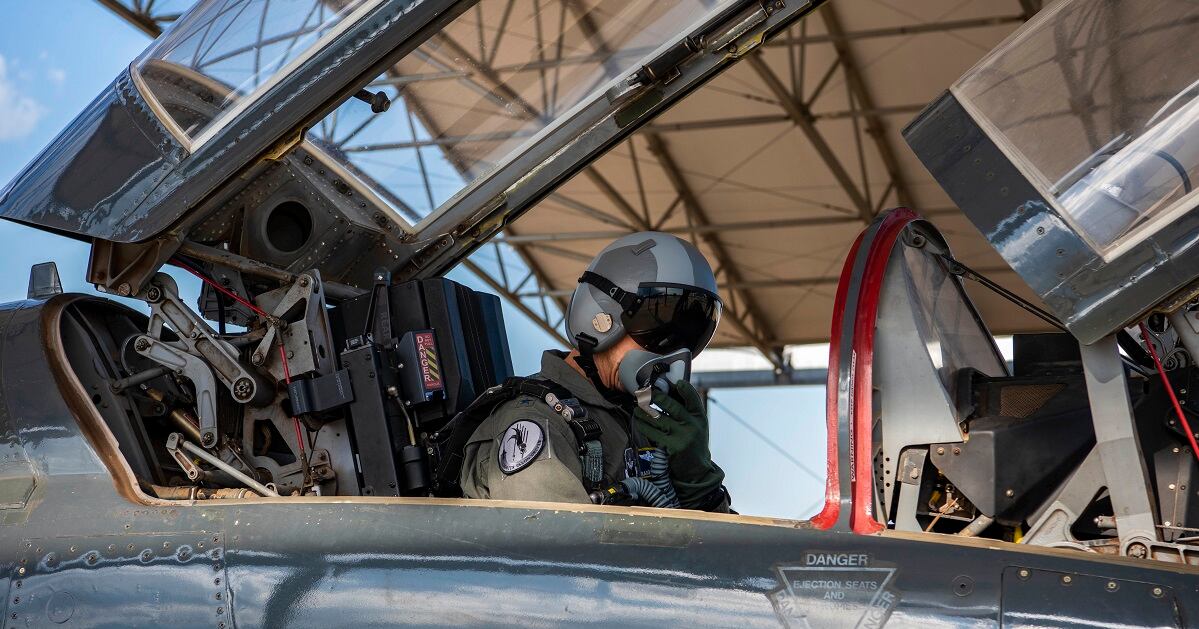
“There’s all these things that are wrapped up in service that, frankly, the airlines don’t ask you to do,” he said. “We can’t match them on the money. … But this is about serving our country and having the opportunity to be surrounded by amazing airmen.”
Rachel Cohen is the editor of Air Force Times. She joined the publication as its senior reporter in March 2021. Her work has appeared in the Washington Post, the Frederick News-Post (Md.), Air and Space Forces Magazine, Inside Defense, Inside Health Policy and elsewhere.





